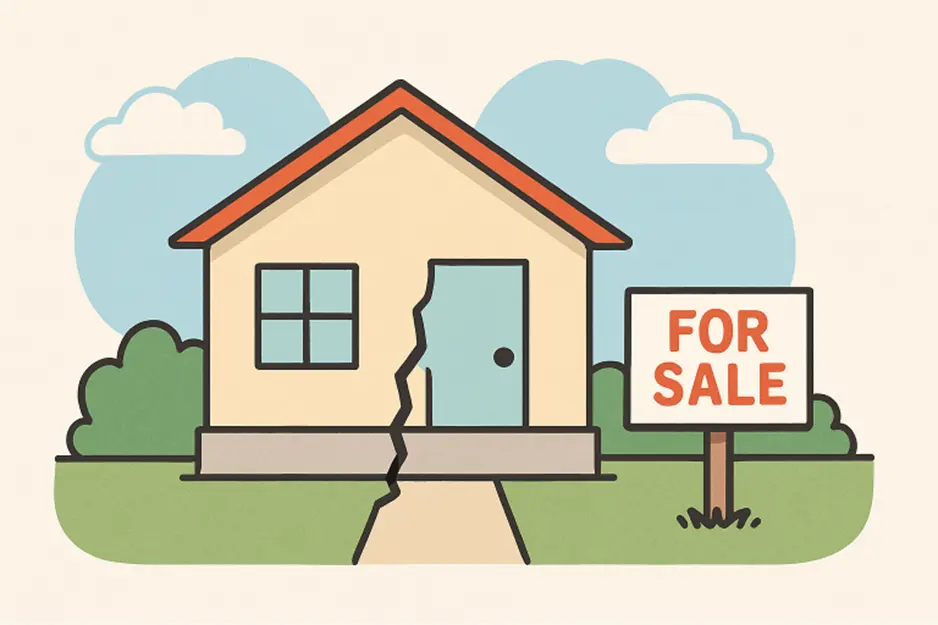Assess the Extent of Structural Damage
Before selling your home, it’s crucial to assess the extent of structural damage. A licensed structural engineer can identify issues like foundational cracks, sloping floors, or damaged walls. This unbiased evaluation helps communicate the problem’s scope and provides documentation for potential buyers. Understanding the specifics of the damage helps understand financial and time commitments, gives negotiation leverage, and ensures future transactions are trustworthy.
Decide Between Repairs and Selling As-Is
Once the damage is fully assessed, determine whether it’s better to undertake repairs or to market the property as-is. Although repairs can increase your property’s value and broaden its buyer pool, the up-front investment and time commitment may not always result in a positive return. In contrast, selling your home as-is can appeal to those looking for a project or a discount, expediting the process and cutting costs.
In many cases, sellers in this situation turn to cash buyers. These investors are equipped for as-is purchases and can streamline closing, making them an attractive option for homeowners eager for a quicker sale without additional repairs.
Transparent Disclosure to Potential Buyers
Complete transparency is critical when selling a property with known structural issues. To foster trust and avoid legal complications, disclose all problems openly, supported by inspection reports and estimates. Comprehensive disclosures safeguard you from potential lawsuits and help buyers feel confident in their purchase, even if they know there’s a project ahead.
Set a Realistic Asking Price
Determining the right listing price is vital for attracting interest. Research recent sales of comparable homes in similar condition, adjusting downward to account for the required repairs. A transparent and competitive price can make your property attractive to buyers seeking renovation opportunities. In competitive markets, homes listed at a fair price—even with openly disclosed issues—often sell more quickly than overpriced properties that linger unsold.
If you are considering a quick and direct approach, you may opt to sell house directly to a reputable firm specializing in homes needing repair. This will streamline your experience while securing a fair deal.
Highlight Positive Aspects of the Property
When your home has structural flaws, emphasizing its strengths is crucial. Market the property’s location, unique architectural features, outdoor space, or proximity to amenities. High-quality marketing materials and professional photos help buyers visualize the home’s potential, and creative staging can further underscore its hidden values. Experts encourage sellers to focus on what needs fixing and the life a future buyer could enjoy once those issues are addressed.
Legal Considerations and Compliance
Complying with all state and local disclosure laws is non-negotiable. Failing to inform buyers about defects properly can result in significant legal liability. It’s wise to consult a real estate lawyer to review all documents and ensure you protect your interests throughout the transaction. Ensure all agreements are documented, all disclosures signed, and your compliance is crystal clear to all parties involved.
Also Read-How Financial Coaching Builds Lifelong Confidence and Practical Money Skills
